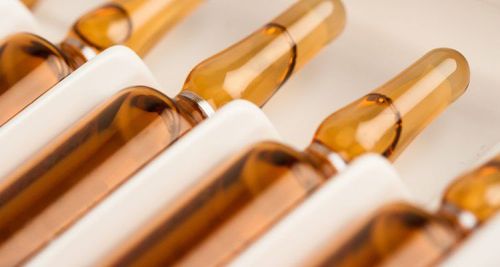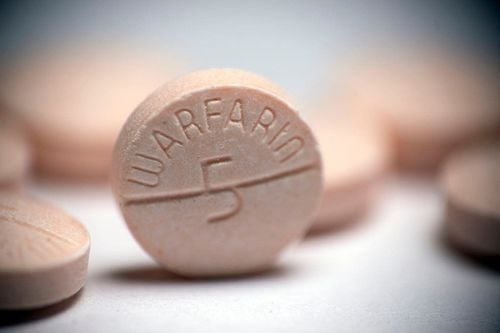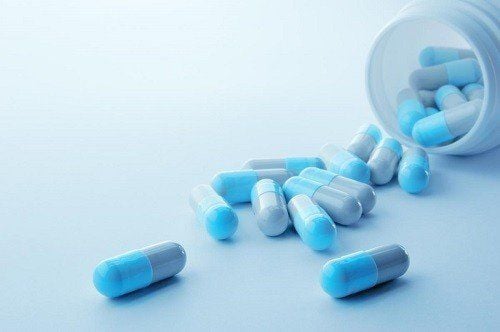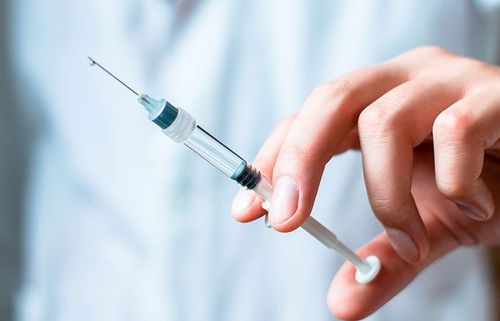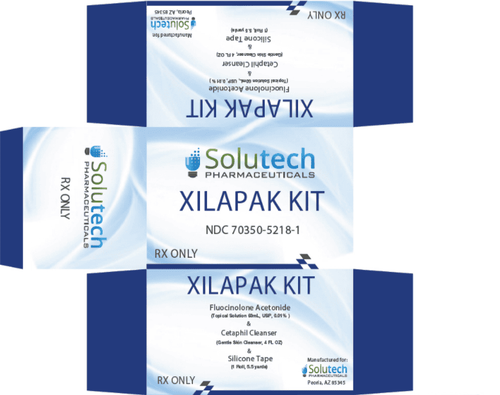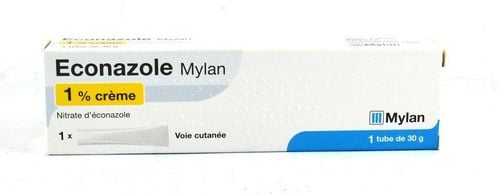This is an automatically translated article.
The article is professionally consulted by Master, Doctor Tran Thi Vuong - Doctor of Microbiology - Laboratory Department - Vinmec Hai Phong International General HospitalFungi can cause many diseases on organs such as respiratory tract, skin, digestive tract... Fungal culture is a method to help identify the exact fungus species, thereby providing treatment methods. specificity and limit the risk of multidrug resistance due to improper use.
1. When to test for fungal cultures?
Most fungi cause disease when the body has favorable conditions such as using a lot of antibiotics, using corticosteroids for a long time, disrupting the microbial balance leading to fungus growth or when the body is impaired. immunological methods such as HIV/AIDS, organ transplantation, use of immunosuppressive drugs...For the method of scouring the fungus from the specimen, it only tells us whether there is a fungus or not. Fungal culture method shows that, when culturing on some suitable medium for the fungus to grow into colonies, then based on the macroscopic and microscopic characteristics of the colony to determine the species or in some cases must Based on the biochemical properties of each new species of fungi.
Test for fungal culture is indicated in patients with factors such as:
The patient has suspected fungal lesions on the internal organs, skin, hair, nails... The patient must lie down. Long-term hospital use, ventilator, catheter, urinary catheter .... Suspicious signs in high-risk subjects such as immunodeficiency, chronic disease, cancer .... Patient has fever. prolongation of unknown cause. When you see some suspicious signs such as: itchy skin, prolonged itchy head, white patches in the mouth, itching or vaginal discharge ...

Xét nghiệm vi nấm nuôi cấy có ý nghĩa quan trọng trong chẩn đoán và điều trị một số bệnh
2. Procedure for testing fungal culture
Currently, the process of performing a cultured fungal test is carried out according to the following steps:Step 1: Take samples, depending on the location of the disease, the specimen will be different.
Step 2: Cultivate the fungus on Sabouraud's medium, incubated at 30°C.
If the specimen is skin, hair or nail: Cut the culture into 6 to 8 spots on the Sabouraud plate. If the specimen is mucinous: Aspirate 3-5 drops of fluid, then inoculate on Sabouraud plate. If the specimen is urine: A quantitative culture technique should be used. Step 3: Look for fresh mushrooms. When enough time to culture, conduct microscopic assessment of colony morphology, colony form
Step 4: Determine the results by observing the structure, properties, and color of the colonies.
In case of not seeing results after 4 days: negative. In case of positive, it is necessary to determine the type of fungus.
Characteristics of colonies and on microscopy of some yeasts:
Candida colonies are smooth, smooth, creamy in color and usually grow rapidly after 24 hours. On microscopy, yeast cells are round or oval, with or without budding. Smooth beige Cryptococcus colonies are usually drier than Candida and grow slowly usually after 48 hours. On microscopy, fungal cells are usually round, large in size. Characteristics of mycelium colonies: For Aspergillus fungi, the color of colonies varies depending on the species. The fungus P. marneffei, which produces a red pigment, diffuses into the medium when cultured at room temperature. After culture the fungal culture plates were discarded after 7 days of culture.
3. Meaning of culture fungal testing
Fungal testing is important in clinical practice:In some cases, the symptoms of a fungal infection are very similar to those caused by bacteria or viruses. Whereas drugs used to treat bacterial and viral infections have no effect on fungal infections, a fungal culture helps determine if the cause is a fungal infection. From there, provide an accurate and effective treatment method. Monitoring the effectiveness of the treatment process, monitoring for re-infection can easily happen, because the fungus is difficult to completely treat in the first place. Identifying the right type of fungus, thereby using narrower spectrum drugs, thus preventing antifungal resistance due to indiscriminate use of antifungal drugs. In addition, identifying the cause of the disease helps patients to raise their awareness of preventing the spread of the disease to their loved ones and the community. Accurately distinguishing pathogenic fungi as yeast or filamentous fungi, so that appropriate antifungal tests can be conducted for each type. The fungal culture test is used to accurately identify the causative fungus, which helps to limit the use of the wrong type of antifungal drug, causing the risk of drug resistance. Especially widely used in determining the etiology of some dermatological diseases, respiratory diseases, digestive and genitourinary diseases. Therefore, testing for fungal cultures plays an extremely important role, contributing to more accurate diagnosis and treatment of diseases.
Vinmec International General Hospital always ensures professional quality with a team of leading medical doctors, a system of modern technological equipment and comprehensive and professional medical examination, consulting and treatment services. When there are any health problems, customers can contact the hospital for in-depth examination and advice from a team of highly qualified medical staff and doctors.
Please dial HOTLINE for more information or register for an appointment HERE. Download MyVinmec app to make appointments faster and to manage your bookings easily.





